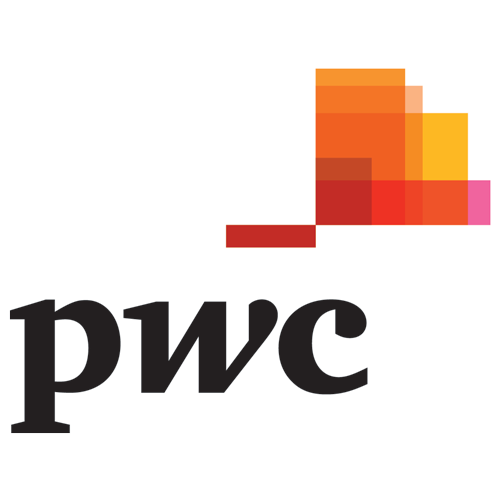 According to industry prognostications, “Print is proving stubbornly resistant to the clear logic that digital must win,” notes this article in Print Business.
According to industry prognostications, “Print is proving stubbornly resistant to the clear logic that digital must win,” notes this article in Print Business.
The reports – from PWC and Ovum – note that digital does indeed continue to grow, but will not outpace print anytime soon.
“According to Ovum, in 2020 [print] will account for 75% of the revenue from any publisher, down from 86% today,” the article notes.
Yes, print is expected to decline, but by no means will it vanish. And digital’s growth will in no way eclipse print’s revenue. Of course, there is opportunity in digital, and publishers do need to be smart about leveraging their digital opportunities. But those publishers that flew away from print and expected digital to take the entire load are finding themselves out of touch with the consumer reality.
What we find fascinating is the contradictory nature of some of the facts in the case. Digital revenues for magazine publishers in the UK are predicted to jump from 16% to 32% in the next 5 years, while newspapers will see digital grow from 14% to 26%. Yet the Ovum report also states that “Consumers continue to prefer print for magazines and newspapers.”
So what’s really going on? And how should a publisher react?
According to the PWC report, “the status that possession of a lifestyle publication conveys, means that demand for print remains stronger than expected.”
“It becomes an increasingly complex picture where different technologies combine and where advertisers and publishers are sensitive to consumers. Ovum sees consumers picking combinations of free or low cost content, from social media and blogging alongside the media they pay for,” the article notes.
Or as PWC puts it, “empowered consumers seek out tailored, inspiring content experiences that transcend platform and can be shared.”
For publishers, that means print can now be viewed as the luxury medium, attractive to consumers looking for a high-end experience.
“These trends are already apparent and in print are driving demand for higher quality products with greater impact using shorter runs and added value choice of substrates and finishes to achieve the cur through to these consumers.”
Rather than looking to move away from print, publishers would be wise to reconsider its place in the mix as a high-end and desirable commodity with real potential for value.
